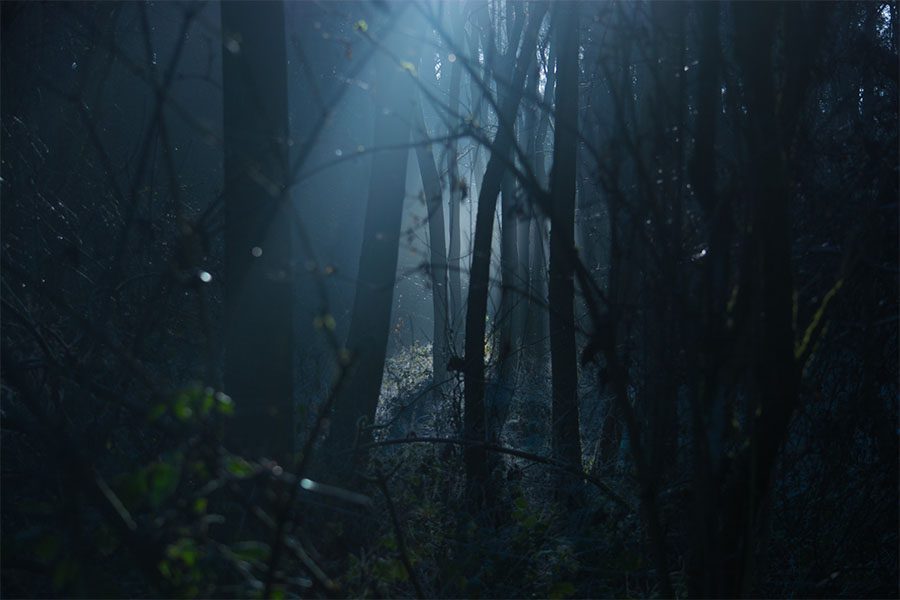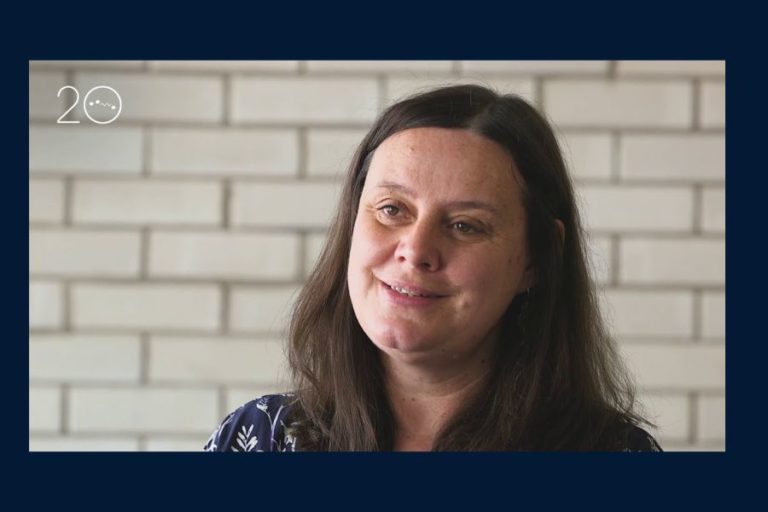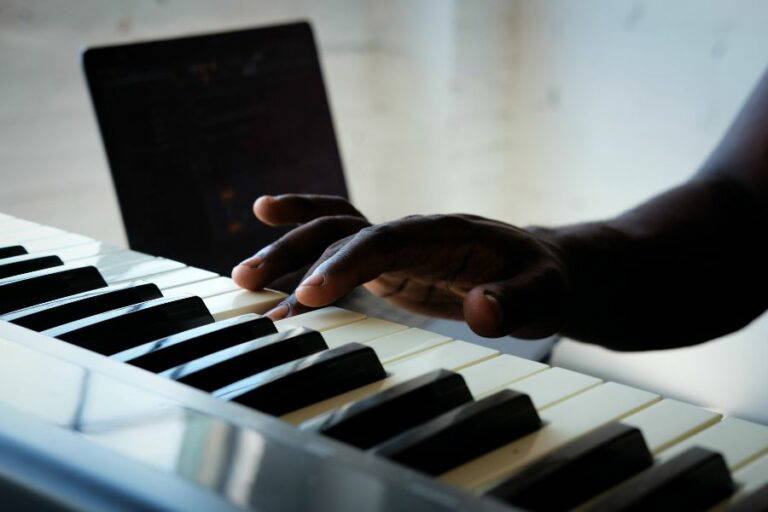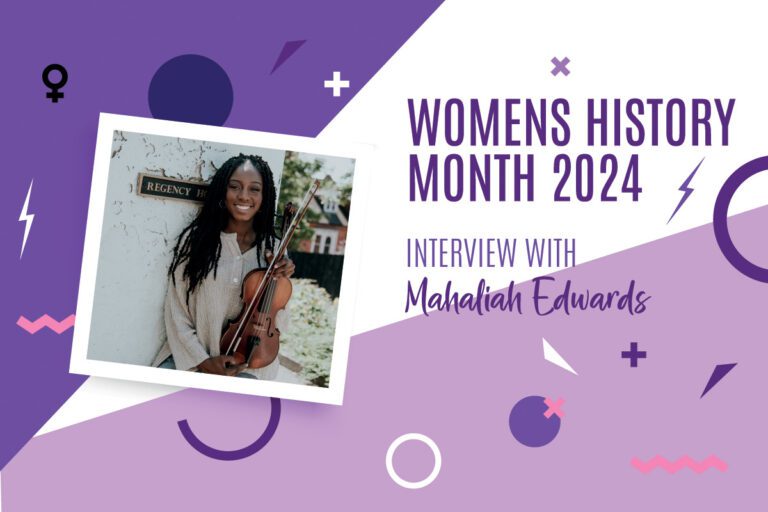In this guest blog post, author and Senior Lecturer in Music at Oxford Brookes University, Dr Matt Lawson, shares his top tips on how to write horror film music.
A popular choice amongst pupils studying film music is to write music for horror film, or music that it is in some way suspenseful. This is both a blessing and a curse, as it provides the opportunity for real creativity with instrumentation, orchestration, harmony, and texture, but also runs the risk of the pupils falling back on well-worn clichés such as the stabbing string sequence in Psycho (dir. Alfred Hitchcock; Composer: Bernard Herrmann, 1960).
(teachers please be aware that ‘Psycho’ is ‘R’ rated which translates as a ’15’ rating in the UK, and therefore may cause distress to students.
We suggest playing audio only.)
However, horror scores don’t have to fall into stereotype and cliché. There a multitude of ways in which horror can be represented musically, using the full range of instruments and textures available.
Let’s take a fictional but familiar sequence, whereby a child is walking home alone down a suburban street, when suddenly the streetlights go out, and the child is left alone in the dark. At this point, especially if it is set in winter, you might have a close-up shot of the child breathing heavily with anxiety, with the hyper-real sound of breathing complementing the visible breath in the crisp air.
As a composer, we now ask – what mood do we want to create here? Firstly, come up with some key words. These might be ‘alone’, ‘winter’, ‘child’, ‘scared’, ‘vulnerable’, ‘emptiness’, ‘unseen threat’, ‘creepy’, or ‘danger’. Each of these words could have its own musical response. Let’s start with ‘alone’, ‘vulnerable’, and ‘emptiness’.
Each of these words suggests solitude, so my instinct here would be to write music that is sparse in texture. A well-used trope in such instances, bringing in the word ‘child’, is the use of a music box, glockenspiel, or celesta to evoke an almost mocking innocence in a scary situation. This instrument, when used solo, isn’t creepy or horrific intrinsically, but combined with the visual can become terrifying. This example, an audio track by Ryan Creep, highlights the mysterious and sinister nature of a seemingly innocent, childlike instrument:
If you’d like the horror to be more explicit, perhaps taking the words ‘unseen threat’, ‘creepy’, or ‘danger’ as prompts, then musical dissonance or drone may be the way to go. This can take the shape of stacked semitone intervals, tritones, or cluster chords with no real central tonality. Dissonance is the most obvious signifier in music that all is not well, and a prime example of this is the use of composer György Ligeti in Stanley Kubrick’s 2001: A Space Odyssey. There is an excellent video essay explaining how Ligeti’s dissonant, discomforting music is used in that film here:
You may have noticed that there has been no mention of melody in this article, and this is the final point to be made. Horror music and music to create suspense tends to create impact by being unsettling or unusual, and that takes melody out of the equation. By having dissonant chordal patterns or lilting, creepy arpeggios as underscore, the audience is never quite sure what’s coming next. The problem with melody is that it has natural cadence points, and as such, creates conflict and resolution. Horror music should be conflict, conflict, and even more conflict. Even Herrmann’s strings in Psycho were melody-free, and that is – after all – the pinnacle of horror composition.

About Dr Matt Lawson
Dr Matt Lawson is a musicologist and Senior Lecturer in Music at Oxford Brookes University, UK, where he has worked since 2017. Primarily a film and television music specialist, Matt completed his Ph.D. at Edge Hill University in early 2017, with a thesis focussing on the music used in German depictions of the Holocaust on screen. This followed on from an undergraduate BMus (Hons) degree from the University of Huddersfield, and an MA in Music with Distinction from the University of York. Matt is a Fellow of the Higher Education Academy, having completed a Postgraduate Certificate in Teaching in Higher Education in 2015. He is co-author of the book, 100 Greatest Film Scores (Rowman and Littlefield, 2018), and has appeared on BBC Radio across England to discuss his passion for film music.
Subscribe to Matt Lawson’s YouTube channel: The Musicologist.
For further film music resources see our film music listening packs and other film music blog posts.






